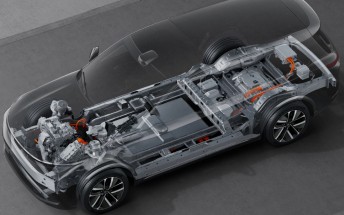Counterclockwise: the dawn of Samsung Galaxy

The Samsung Galaxy S8 made a huge splash this week, but it has been a long way to get to this point. We’re not talking about missing the MWC, with this week’s Counterclockwise we would like to take you back to where it all began.
You see, the new flagship - along with any Samsung-made Android device - is called “Galaxy” because that was the name of the first Android phone the company ever made
The Samsung I7500 Galaxy is S8’s great grand daddy. It launched about half a year after the first ever Android (the G1). You can say that Samsung has been with the platform from its shaky first footsteps.
The I7500 Galaxy ran Android v1.5 Cupcake on a single 528MHz processor core and with a measly 128MB of RAM. Looking back at it, it feels so quaint. It lacked voice dialing (compare that with S8’s Bixby), no Bluetooth file transfers and no Flash support in the browser (it was a barbaric age, people wanted to run Flash on their phones).
To its credit, the Galaxy had an AMOLED screen, which will later become a staple of its progeny. But it was missing a defining feature - TouchWiz.
Back then Samsung had TouchWiz UI running on practically all of its touch-enabled phones, even the feature phones (like the excellent S8000 Jet). But the customization shined the brightest when running on top of Windows Mobile or Symbian.
The Galaxy had to fight for attention against the higher end Omnia HD (Symbian S60) and Omnia II (Windows Mobile), both of which enjoyed an early version TouchWiz. Neither OS was well-suited for a modern touch UI. Windows Mobile was made for styluses and resistive touchscreens. Symbian was worse, its D-Pad and softkeys lineage showing clearly (something not properly fixed until the Anna/Bell era).
So we (and everyone else) viewed skins as a boon. Samsung’s TouchWiz and HTC’s Sense made the clunky UIs look pretty and futuristic, more importantly they added missing features.
You may not know this, but Android was originally like Symbian - not meant for a touchscreen. Then the Apple iPhone happened and the development team had to change directions late in the game. And it showed, early versions of Android (like Cupcake) were very barebones.
Despite the aging competition, Galaxy’s and Android’s places weren’t secure at Samsung HQ. A few months after the Galaxy, Samsung launched its second Android phone - the Galaxy Spica. Named after the brightest star in the constellation Virgo, it suggested a galactic-themed naming scheme (which unfortunately did not last).
The Spica was a lower-end device than even the Galaxy, not like those Omnia powerhouses. Was Samsung planning to make Android its low-end OS? Even the name Galaxy wasn’t certain as the company launched the Samsung Behold 2 and Samsung Moment in the US market. Those are a tweaked Galaxy and a Spica with a hardware QWERTY respectively and round up the four Android-running Samsungs from 2009.
Ultimately, Galaxy and Android won. You don’t hear about Omnia anymore - not the Symbian ones, not the Windows Ones. And the Galaxy branding is front and center, it’s the most recognizable Android brand by far.
The Samsung I9000 Galaxy S had much to do with that, soon the Galaxy Note joined the ranks too. But those (and the S8500 Wave) are stories for another time.
Related
Reader comments
- Anonymous
- 23 Apr 2017
- 3SL
So does that mean Nokia fanboys have to hate on everything else? Why not just peace?
- Zoom
- 18 Apr 2017
- KSw
Galaxy Ace was released in 2011
- hyperX
- 10 Apr 2017
- n37
remember old days @i8910



















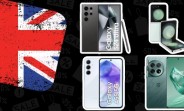
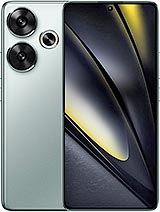 Xiaomi
Xiaomi Samsung
Samsung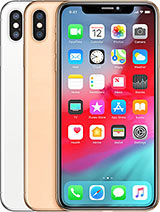 Apple
Apple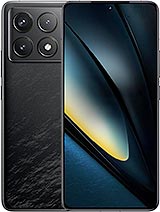 Xiaomi
Xiaomi Apple
Apple


